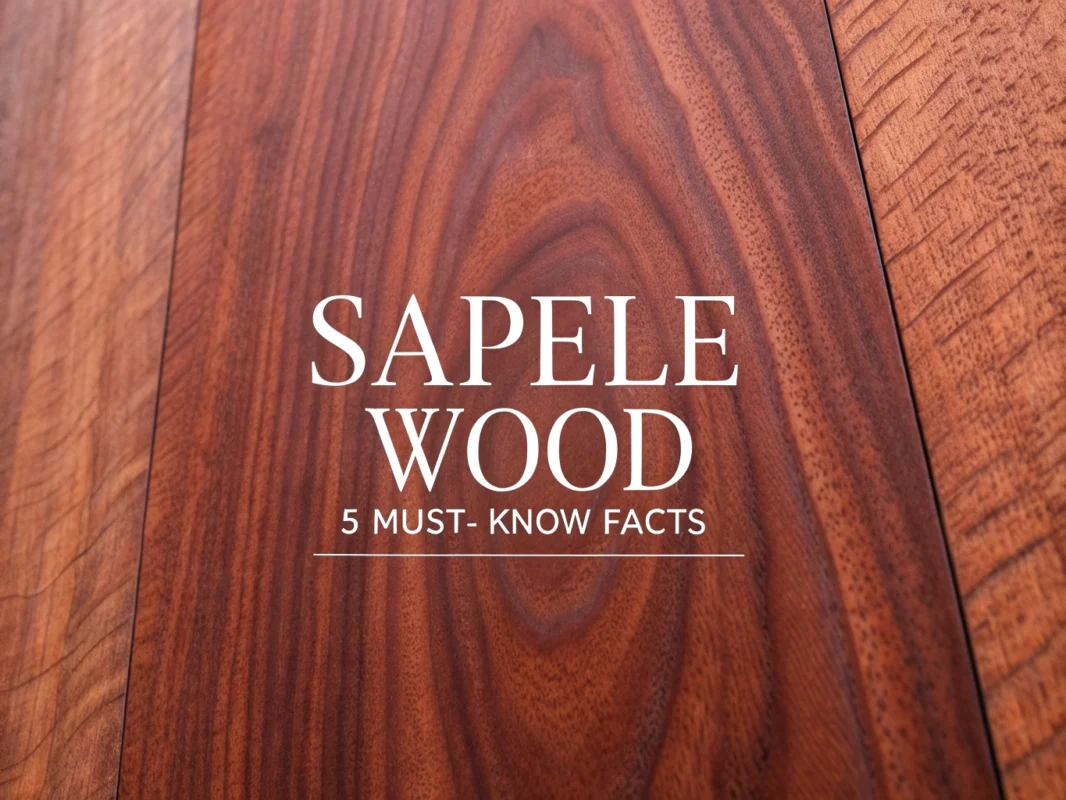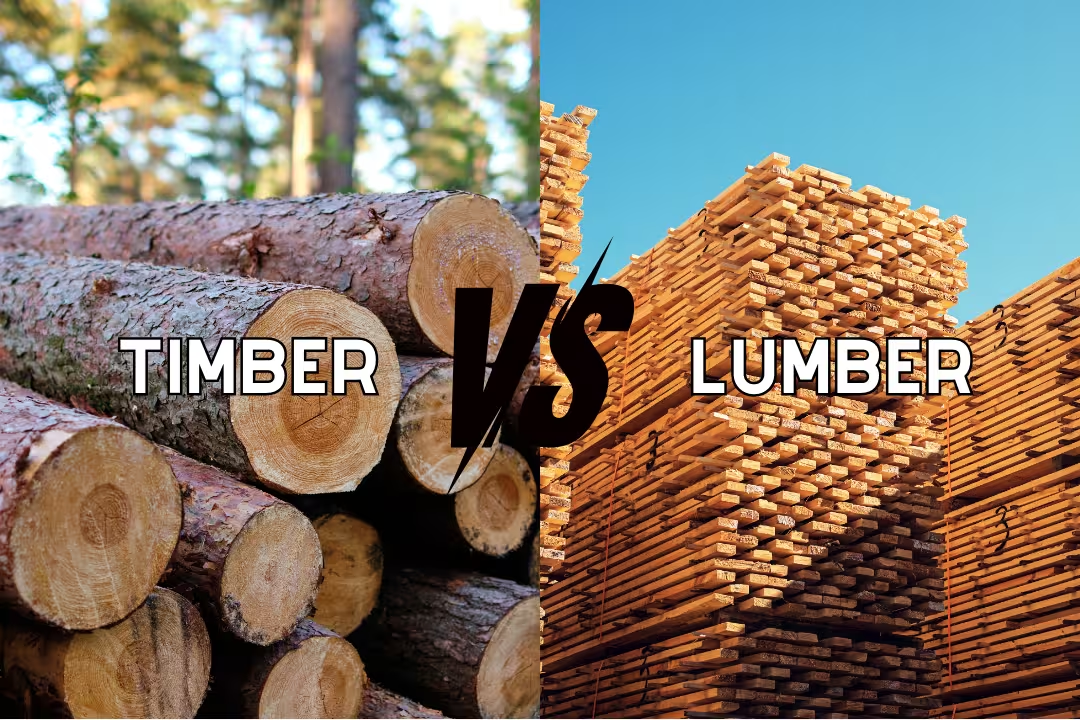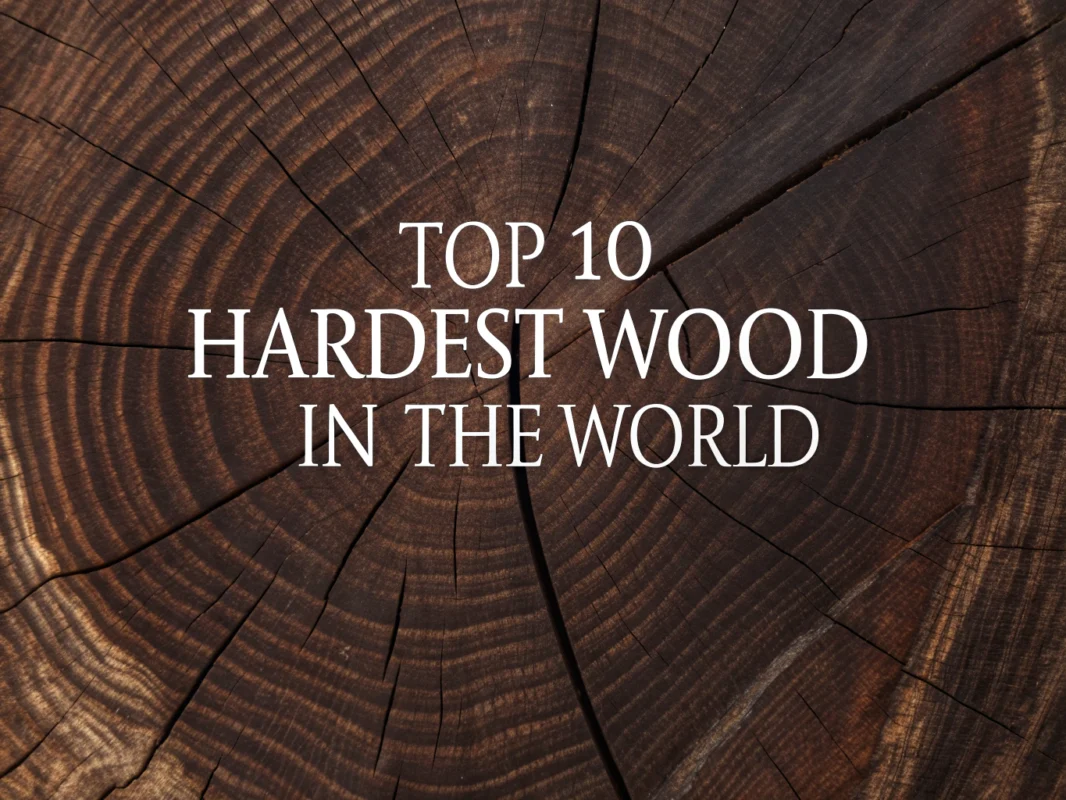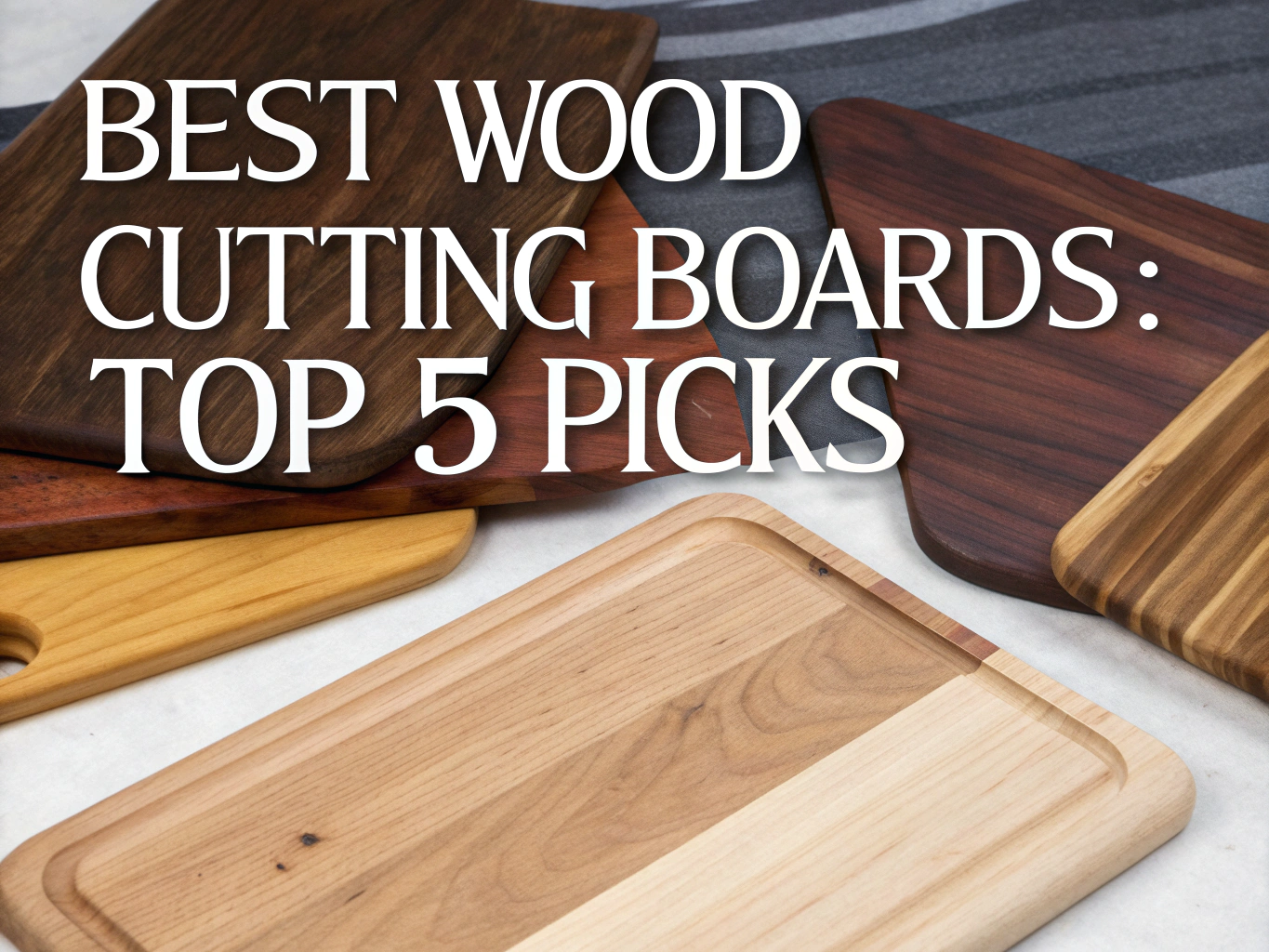
Best Wood for Cutting Boards: Top 5 Picks

Have you ever wondered why some cutting boards seem to last forever, while others warp and crack? The secret is in the type of wood used. Picking the best wood for cutting board goes beyond aesthetics; it’s about durability, food safety, and your knife’s longevity. Let’s dive into the top choices that professionals swear by.
Table of Contents
Selecting the best wood for a cutting board requires balancing food safety, knife protection, and durability through dense, closed-grain hardwoods with optimal Janka hardness ratings between 900-1,500. Professional chefs and home cooks alike rely on specific wood types that offer natural antimicrobial properties, resist warping, and minimize moisture absorption for long-lasting kitchen performance.
Top 5 Best Woods for Cutting Boards

Maple

Hard rock or sugar maple wood stands as the industry standard for professional kitchens and home cooking. With a Janka hardness rating of approximately 1,450, maple provides the perfect balance between durability and knife protection. According to Misen’s comprehensive guide, maple’s closed-grain structure naturally resists water, bacteria, and stains while offering antimicrobial qualities.
The light color of maple makes food residue easily visible for thorough cleaning. This wood type won’t dull knives quickly while maintaining excellent resistance to deep scratches and warping over years of use.
Walnut
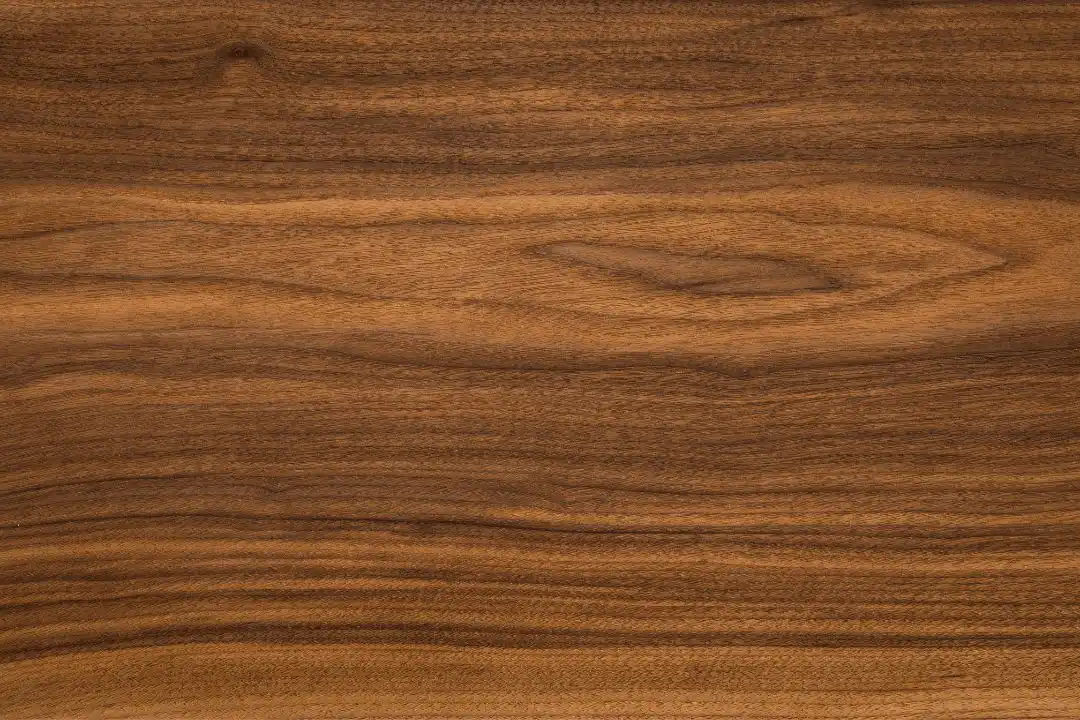
Walnut wood offers exceptional aesthetics with its rich brown hues while maintaining practical functionality. With a Janka hardness rating of approximately 1,010, walnut provides a blade-friendly surface that resists deep scratches. The wood contains natural antimicrobial compounds and creates stunning presentation boards for entertaining.
Less hard than maple, walnut still delivers excellent durability and warping resistance with proper care. Its distinctive grain patterns make each board unique while maintaining the closed-grain structure needed for food safety.
Cherry
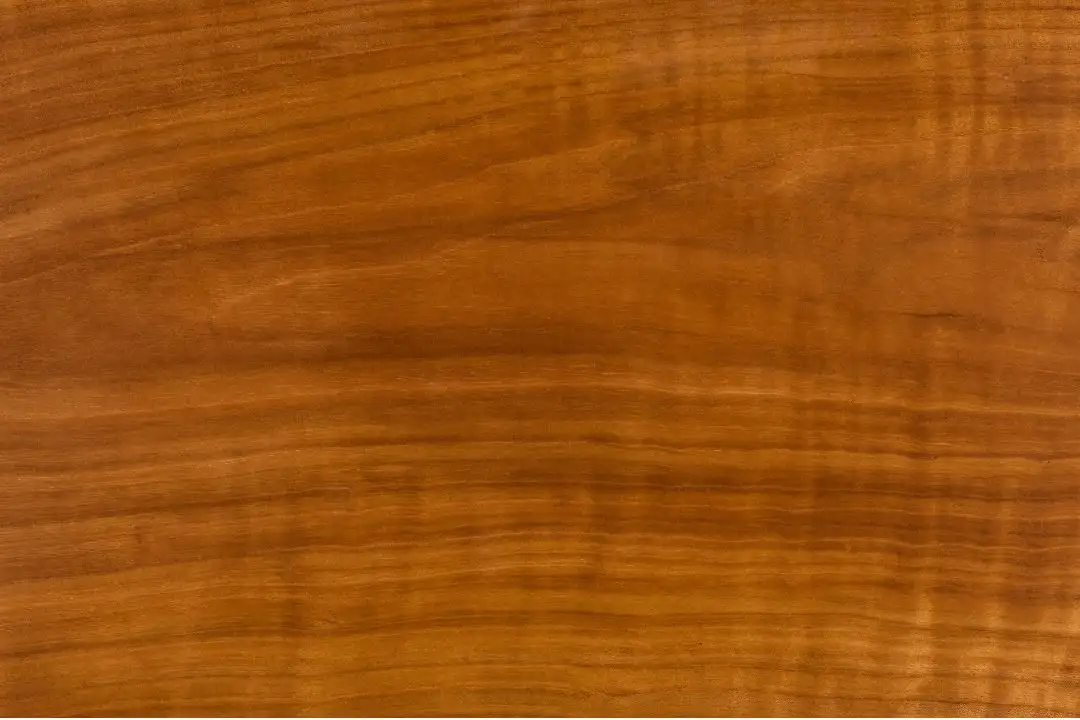
Cherry wood features a Janka hardness rating of approximately 995, creating a smooth, knife-safe surface for daily use. The wood’s elegant reddish-brown tones deepen over time, adding character and beauty to any kitchen. Cherry’s fine, straight grain naturally resists splitting and provides reliable performance for everyday cutting tasks.
This wood type requires slightly more regular oiling due to more open pores compared to maple, but it won’t excessively dull knives and maintains its attractive appearance with proper maintenance.
Acacia
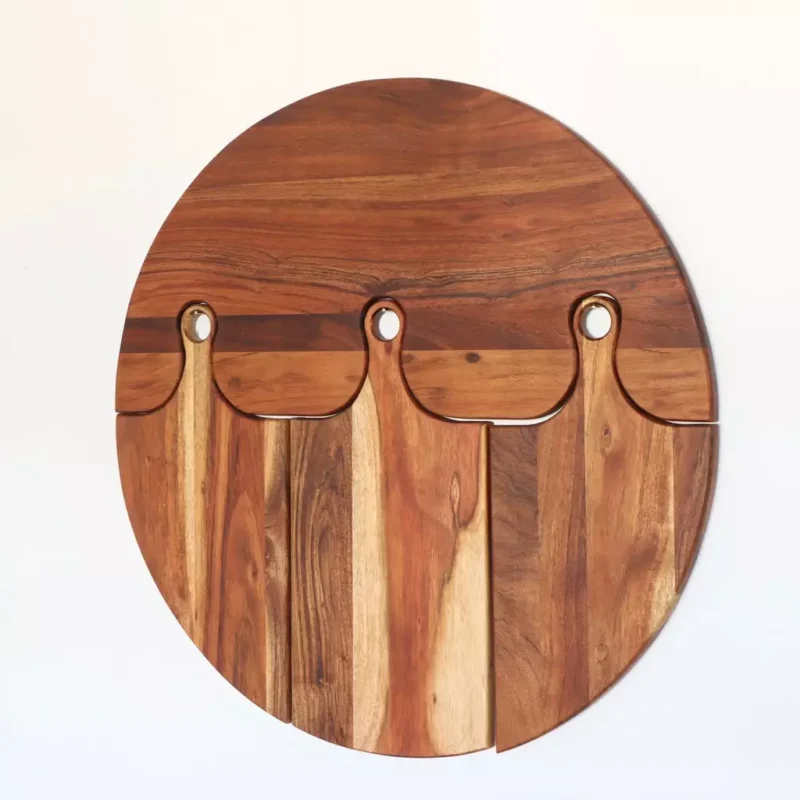
Acacia wood delivers high durability with a Janka hardness rating of approximately 1,700, making it one of the hardest options available. This wood excels in moisture and scratch resistance while featuring natural antimicrobial properties. Acacia’s rich natural patterns and eco-friendly appeal make it increasingly popular for sustainable kitchenware.
The wood’s exceptional resilience against moisture damage and robust construction create long-lasting cutting boards that withstand heavy daily use without compromising food safety standards.
Teak
Teak wood stands out for its exceptional water resistance thanks to natural oils that help resist bacteria and food stains. With a Janka hardness rating of approximately 1,070, teak remains gentle on knife edges while providing superior longevity. The wood’s natural oils create easy maintenance requirements compared to other hardwood options.
Some users find teak boards heavier than alternatives, and the initial cost can be higher, but the wood’s durability and low maintenance needs often justify the investment for serious cooks.
Bamboo: The Eco-Friendly Alternative
Bamboo technically qualifies as a grass rather than wood, but its sustainable production and practical benefits make it a popular cutting board material. This fast-growing plant offers natural antimicrobial properties, excellent water resistance, and impressive durability for daily kitchen tasks.
Bamboo can be harder on knife edges than traditional hardwoods, potentially causing faster dulling. The material’s affordability and environmental benefits make it an attractive option for budget-conscious cooks who prioritize sustainability.
Here are some top-rated bamboo cutting board options for eco-conscious kitchens:

Kikcoin Bamboo Cutting Board Set
- Set of 3 versatile sizes for all cutting needs
- Features juice grooves to prevent spills
- Made from eco-friendly, durable bamboo
- Perfect for serving and chopping
- Easy to clean and maintain

Royal Craft Wood Bamboo Cutting Set
- Deep juice grooves to catch excess juices
- Side handles for convenient serving
- Made from sustainable bamboo
- Ideal for meal prep and charcuterie
- Set includes three different-sized boards

Hiware Large Bamboo Cutting Board
- Generously sized at 18x12 inches
- Built-in juice groove to prevent mess
- Crafted from 100% organic bamboo
- Pre-oiled for enhanced durability
- Perfect for any kitchen or dining setting

Durable Bamboo Cutting Board
- Deep grooves for catching liquids
- Built-in handles for easy transport
- Suitable for meat, veggies, and fruits
- Made from strong, eco-friendly bamboo
- Ideal as a kitchen gift

Thick Bamboo Butcher Block
- 1-inch thickness for sturdy chopping
- Juice grooves prevent spills
- Integrated side handles for effortless carrying
- Versatile for cheese and charcuterie
- Sized at 16x11 inches for ample space
Top Acacia Wood Cutting Board Recommendations
These premium acacia cutting boards combine durability with natural beauty for serious home cooks:

Ironwood Square Chef's Board
- Made from durable acacia wood
- End grain construction resists warping
- 14-inch square design offers ample space
- Ideal for heavy-duty chopping tasks
- Naturally beautiful and unique wood pattern

Acacia Wood Cutting Board Set
- Set of 3 boards for various tasks
- Features deep juice grooves
- Built-in handles for easy lifting
- Solid acacia wood for long-lasting use
- Perfect for meat, veggies, and fruits

Ziruma Non-Toxic Cutting Boards
- Free from mineral oils
- Made with FSC-certified acacia wood
- Includes 3 convenient sizes
- Safe and durable for everyday use
- Perfect addition to any kitchen
End Grain vs. Edge Grain: Which Construction is Best?
End Grain Benefits
End grain cutting boards feature a distinctive “checkerboard” surface created by exposing the wood’s end fibers. This construction method provides superior durability and absorbs knife marks better than other designs. Professional kitchens prefer end grain boards because they’re easier on knife edges and self-heal minor cuts over time.
The vertical wood fibers in end grain construction create natural shock absorption that protects both knives and the board surface during heavy chopping tasks.
Edge Grain Characteristics
Edge grain boards use long wood strips arranged along the board’s length, creating a more affordable and lighter weight option. These boards typically cost less to manufacture and weigh less than end grain alternatives, making them popular for casual home cooking.
Edge grain construction shows knife marks more quickly than end grain boards, requiring more frequent sanding or replacement over time. The surface doesn’t self-heal like end grain options.
Food Safety and Wood Selection Guidelines
Food safety depends on selecting woods with closed-grain structures that resist bacteria and moisture absorption. According to Baird Brothers, only specific hardwoods like maple, cherry, walnut, acacia, and teak meet these safety requirements.
- Avoid softwoods that scar easily and absorb excessive moisture
- Never use open-pore woods like oak, butternut, or mahogany
- Choose woods with natural antimicrobial properties
- Prioritize dense hardwoods that resist warping and splitting
Open-pore woods create bacterial harboring spaces that compromise food safety and can’t be properly cleaned with standard washing methods.
Proper Maintenance for Wooden Cutting Boards
Regular maintenance extends cutting board lifespan and maintains food safety standards. Apply food-safe mineral oil or beeswax monthly to prevent cracking, warping, and odor absorption. This treatment also helps maintain the wood’s natural antimicrobial properties.
Clean boards promptly after use with warm soapy water, but never soak them in water or put them in dishwashers. Excessive moisture exposure causes warping, splitting, and joint failure in wooden cutting boards.
Dry boards thoroughly after washing and store them in well-ventilated areas to prevent moisture buildup. Sand lightly with fine-grit sandpaper if surface scratches become excessive or if odors persist after cleaning.
Frequently Asked Questions
Can you use oak for a cutting board? No, oak features an open-pore structure that absorbs moisture and harbors bacteria, making it unsafe for food preparation. Stick to closed-grain hardwoods like maple, walnut, or cherry.
Why avoid softwoods for cutting boards? Softwoods like pine or cedar scar easily, absorb excessive moisture, and can impart unwanted flavors to food. They also lack the durability needed for regular cutting tasks.
Are wooden cutting boards dishwasher safe? Never put wooden cutting boards in dishwashers. The high heat and prolonged moisture exposure causes warping, splitting, and joint failure. Hand wash only with warm soapy water.
How often should wooden cutting boards be oiled? Oil wooden cutting boards monthly with food-safe mineral oil or beeswax. Increase frequency if the wood appears dry or if water doesn’t bead on the surface.
FAQs
What Type Of Wood Is Best For A Cutting Board?
When it comes to selecting the best wood for cutting board, hard maple is often considered the top choice due to its durability and closed-grain structure, which makes it resistant to bacteria. Other suitable options include walnut, cherry, and birch.
How Does Bamboo Compare To Hardwood For Cutting Boards?
Bamboo is a popular alternative to hardwood for cutting boards. It is a sustainable and eco-friendly option as it grows quickly. While it is harder than some hardwoods, it can be more prone to knife marks and may dull knives faster than traditional hardwoods like maple or walnut.
Is Oak A Good Choice For A Cutting Board?
Oak is generally not recommended for cutting boards because it has an open-grain structure, which can harbor bacteria and moisture. This can make it less hygienic compared to closed-grain woods like maple or walnut.
Are There Any Woods That Should Be Avoided For Cutting Boards?
Yes, softwoods like pine and cedar should be avoided as they are too soft and can easily develop deep cuts, making them unsanitary. Additionally, exotic woods that may be toxic or contain allergens should also be avoided.
What Are The Benefits Of Using End Grain Wood For A Cutting Board?
End grain wood cutting boards are highly regarded because they are more forgiving on knives, as the wood fibers separate slightly when cut, which helps maintain sharpness. They are also very durable and tend to self-heal, which reduces the appearance of knife marks and increases longevity.


